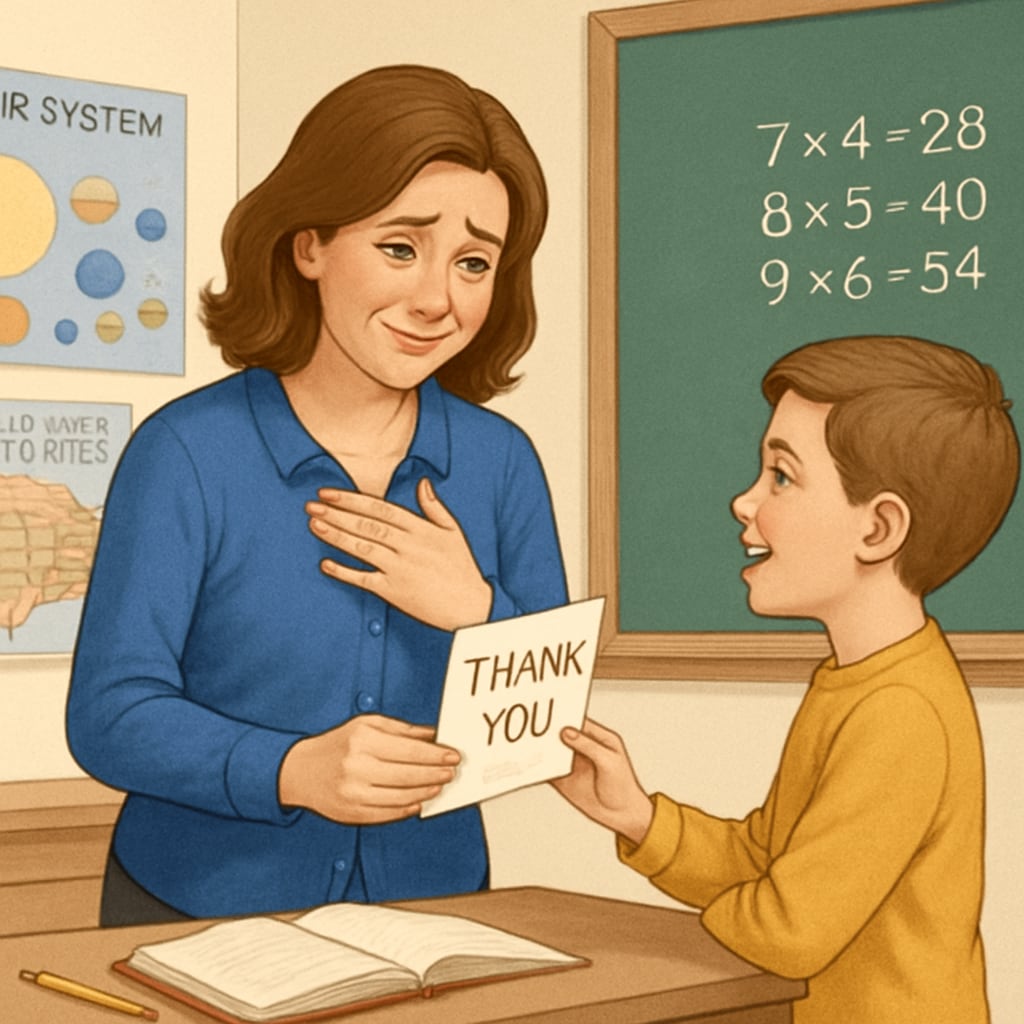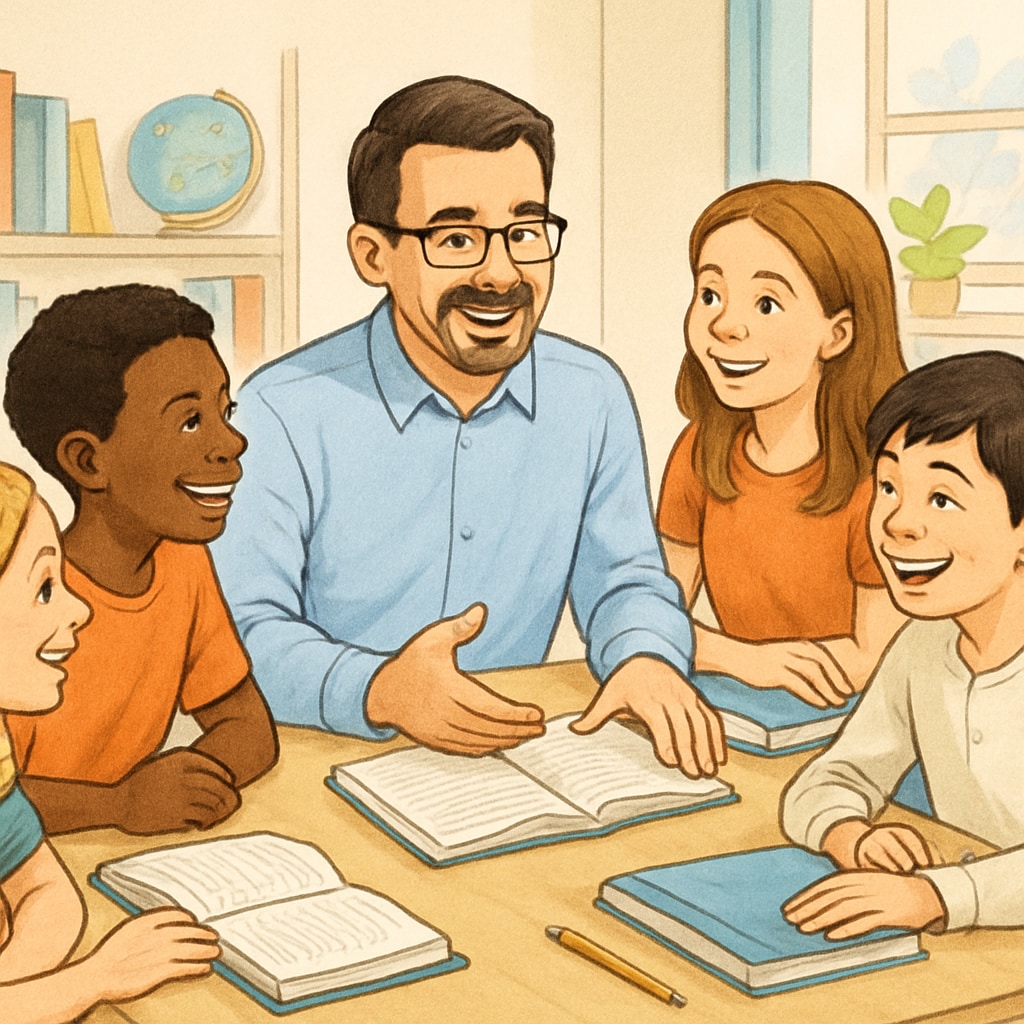Student gratitude, teacher appreciation, and emotional connection form the foundation of a rewarding educational experience. A simple “thank you” from a student can profoundly impact a teacher’s emotional well-being, reinforcing their sense of purpose and motivation. In this article, we explore how these moments of gratitude strengthen the connection between teachers and students, creating a foundation for mutual respect and understanding.
The Emotional Power of Student Gratitude
For teachers, education is not just about delivering knowledge; it is also about forming meaningful relationships. When students express genuine gratitude, it validates the teacher’s efforts and fosters an emotional connection. These moments can transform a long day into a rewarding one, reminding educators of the positive impact they have on young lives.
Studies in education psychology highlight that recognition and appreciation are significant factors contributing to teacher job satisfaction. For example, a teacher who receives a heartfelt note or verbal thanks may feel more motivated to invest in their students’ growth. This emotional reinforcement is essential for combating burnout, a common challenge in the teaching profession.

Building Bridges: Mutual Respect and Understanding
Beyond emotional well-being, gratitude fosters a culture of respect and understanding in the classroom. When students take the time to recognize their teacher’s efforts, it encourages a reciprocal dynamic of respect. Teachers, in turn, are more likely to empathize with their students’ struggles and triumphs, leading to a more nurturing learning environment.
For instance, a teacher who feels appreciated is more inclined to listen actively to their students, addressing their unique needs and challenges. This mutual understanding not only improves academic outcomes but also strengthens the teacher-student bond. As a result, education becomes more than a transactional process—it evolves into a collaborative journey.

Practical Ways to Cultivate Gratitude in the Classroom
While spontaneous expressions of gratitude are heartwarming, teachers can also foster an environment where appreciation is encouraged. Here are some strategies to nurture gratitude in the classroom:
- Model Gratitude: Teachers can set an example by expressing thanks to students for their hard work, participation, or kindness.
- Gratitude Journals: Encourage students to maintain a journal where they write about what they are thankful for, including moments involving their teachers.
- Celebration of Success: Create opportunities to celebrate both small and big accomplishments, acknowledging the contributions of everyone involved.
By embedding gratitude into daily routines, teachers can create a positive and supportive atmosphere where emotional connections thrive.
Conclusion: A “Thank You” That Lights the Way
A sincere “thank you” from a student can be a guiding light in a teacher’s career. These moments of gratitude reinforce the emotional connection that is vital for effective education. When teachers and students share mutual respect and understanding, the classroom becomes a place of inspiration and growth. So, the next time a student says “thank you,” it may not just brighten the teacher’s day—it might illuminate their entire journey.
Readability guidance: This article uses short paragraphs and lists to enhance readability. Transition words such as “for example,” “in addition,” and “as a result” are used to maintain flow. The content is optimized to be engaging while adhering to professional standards.


